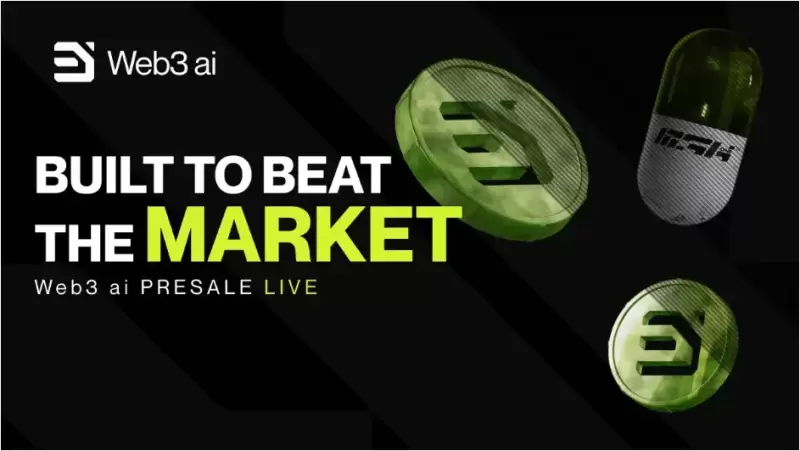 |
|
 |
|
 |
|
 |
|
 |
|
 |
|
 |
|
 |
|
 |
|
 |
|
 |
|
 |
|
 |
|
 |
|
 |
|
Cryptocurrency News Articles
Defining the Line Between Market Making and Market Manipulation
Apr 23, 2025 at 09:43 pm
These movements raise an important question: where is the line between market making and market manipulation?

Recently, we’ve observed irregular and significant losses in the value of certain tokens. These movements raise an important question: where is the line between market making and market manipulation? Dr. Rasit Tavus, the founder and CEO of LegalBlock warns that some activities by market makers cannot be classified as routine operations and should instead be regarded as manipulation.
To begin, it’s essential to understand what market making means in the context of cryptocurrency. Market makers receive a considerable amount of tokens and provide liquidity on specific trading pairs, allowing retail investors to buy and sell more easily. In return, they are typically compensated with tokens or through paid agreements with the token issuer or exchange.
The goal is to create a liquid market that enables investors to trade with minimal slippage, while exchanges earn from transaction fees and token issuers benefit from higher demand. Ideally, this creates a win-win situation for all parties involved.
However, recent examples suggest some market makers may be manipulating token prices to benefit their own positions.
Binance recently raised concerns about a market maker who allegedly made around $38 million in profit from the listing of the Move token, while simultaneously influencing its price.
Market makers are expected to enhance liquidity, not distort it. They are contracted to foster a stable trading environment, not to take actions that destabilise it. In this case, the behaviour appeared to prioritise personal gain over the creation of a functioning market.
Token issuers and project teams must never engage directly in price-related activities involving their own tokens. A recent incident involving Mantra Network’s $OM token serves as a warning. The token lost around 90% of its value in a single day.
It appears that the team behind the project sold tokens at a lower price in an attempt to create artificial upward pressure. With a major holder unloading aggressively, the market failed to absorb the supply, leading to a devastating collapse. This suggests that the previous upward movement had also been manipulated, rather than reflecting genuine demand.
When a project issues a token, it is generally accompanied by a whitepaper outlining the token’s intended utility. Direct involvement in price actions undermines that purpose and casts doubt on the token’s legitimacy. There is no rational reason to manipulate the price of a token that serves a genuine function. Such behaviour puts retail investors at risk and invites legal scrutiny.
The US Department of Justice has already announced investigations into suspicious price movements in cryptocurrency markets. The Federal Bureau of Investigation has reportedly created its own token to interact with market makers — an indication of their commitment to monitoring pricing dynamics and their impact on retail investors.
Despite the decentralised nature of crypto, the United States claims jurisdiction over both DeFi and broader cryptocurrency markets. Unnatural price actions taken by market makers, token issuers, or exchanges could soon result in criminal investigations.
To remain compliant with US laws and regulations, all market participants should avoid any activity that could be construed as manipulation and that may lead to financial harm for retail investors.
Disclaimer:info@kdj.com
The information provided is not trading advice. kdj.com does not assume any responsibility for any investments made based on the information provided in this article. Cryptocurrencies are highly volatile and it is highly recommended that you invest with caution after thorough research!
If you believe that the content used on this website infringes your copyright, please contact us immediately (info@kdj.com) and we will delete it promptly.
-

-

-

-

- The University of the Hespérides Launches the First-Ever Master's Program in Spanish Dedicated Exclusively to Bitcoin
- Apr 24, 2025 at 03:35 am
- Starting April 28, 2025, the fully online program aims to prepare professionals with the technical, economic, legal, and philosophical tools needed to lead in the Bitcoin era.
-

-

-

-

-




























































